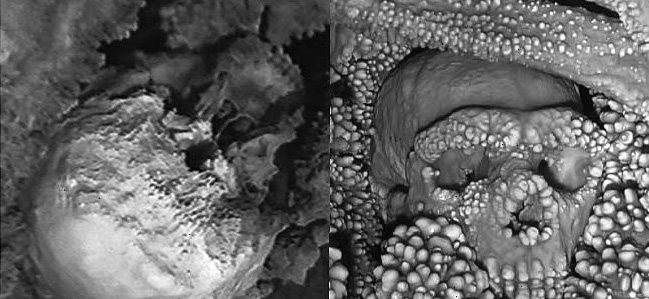The Altamura Man is a fossil of the genus Homo discovered in 1993 in a karst sinkhole in the Lamalunga Cave near the city of Altamura, Italy. Remarkably well preserved but embedded in stalactites and covered in a thick layer of calcite the find was left in situ in order to avoid damage. Research during the following twenty years was based mainly on the documented on-site observations. Consequently, experts remained reluctant to agree on a conclusive age nor was there consensus on the species it belonged to. After a fragment of the right scapula was retrieved, accurate dating of the individual, analysis, and diagnostic of its morphological features and a preliminary paleogenetic characterization produced reliable results. In a 2015 paper published in the Journal of Human Evolution it was announced that the fossil was a Neanderthal and dating of the calcite has revealed that the bones are between 128,000 and 187,000 years old. Altamura Man is one of the most complete Paleolithic skeletons ever to be discovered in Europe as "even the bones inside the nose are still there" and as of 2016 it represents the oldest sample of Neanderthal DNA to have been sequenced successfully.
